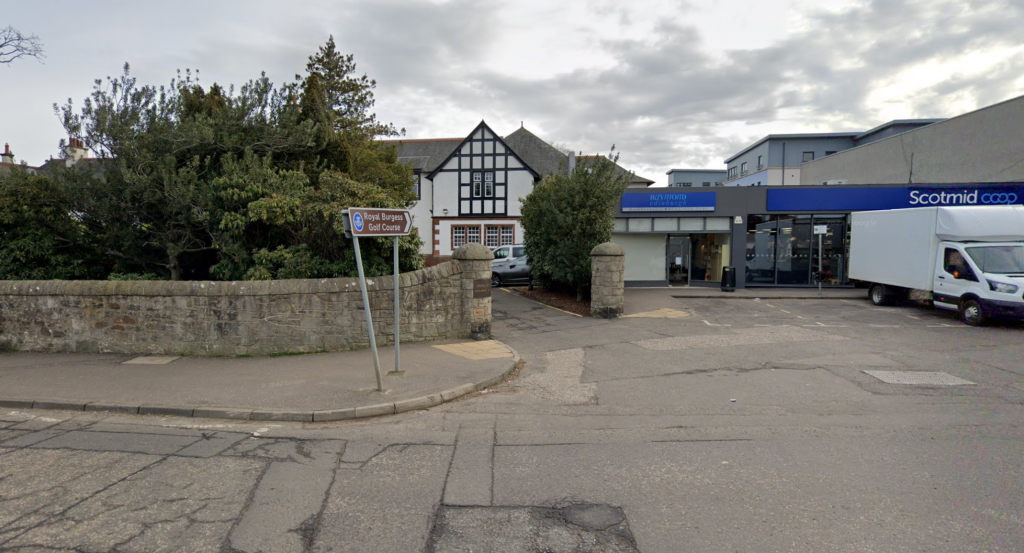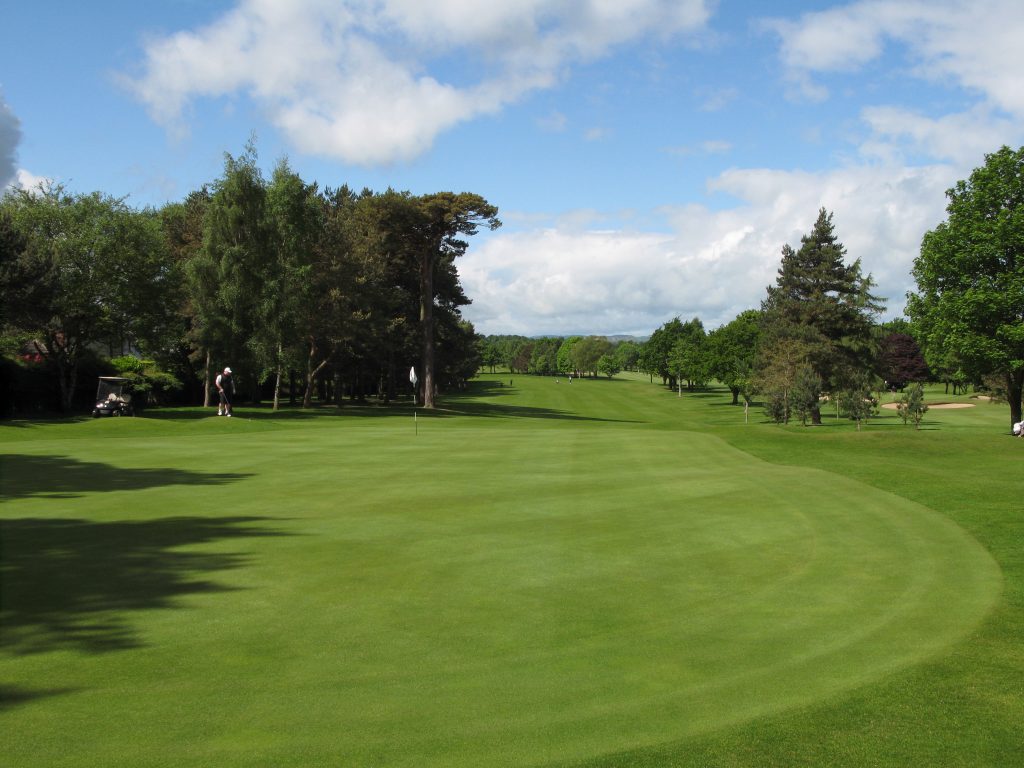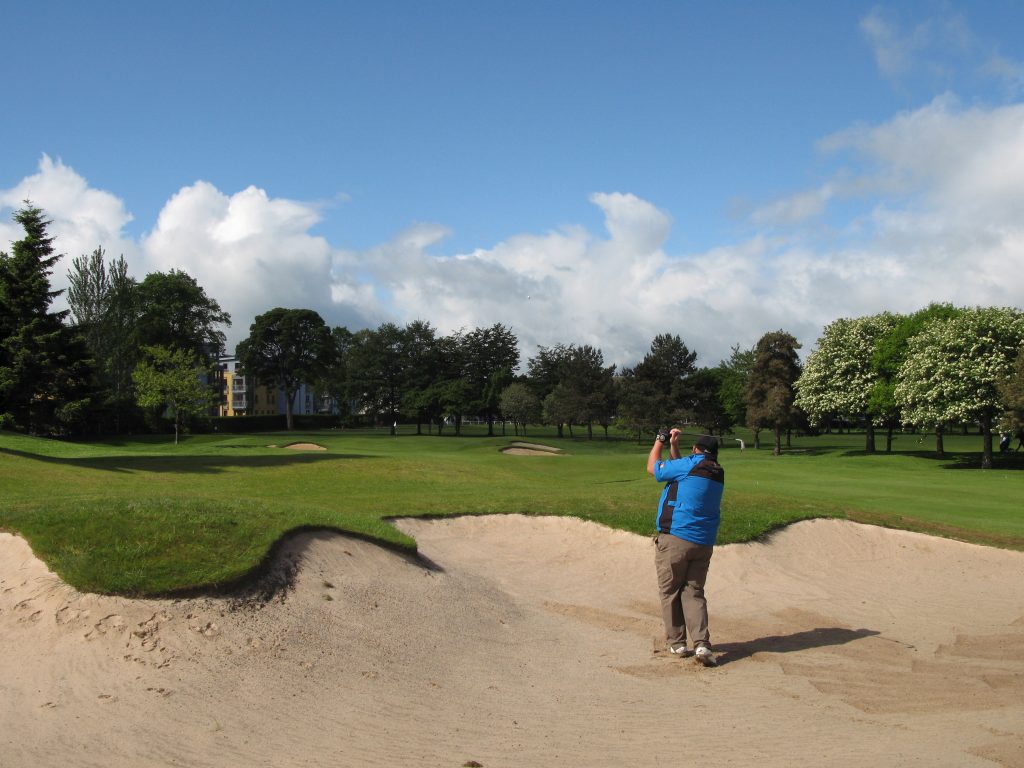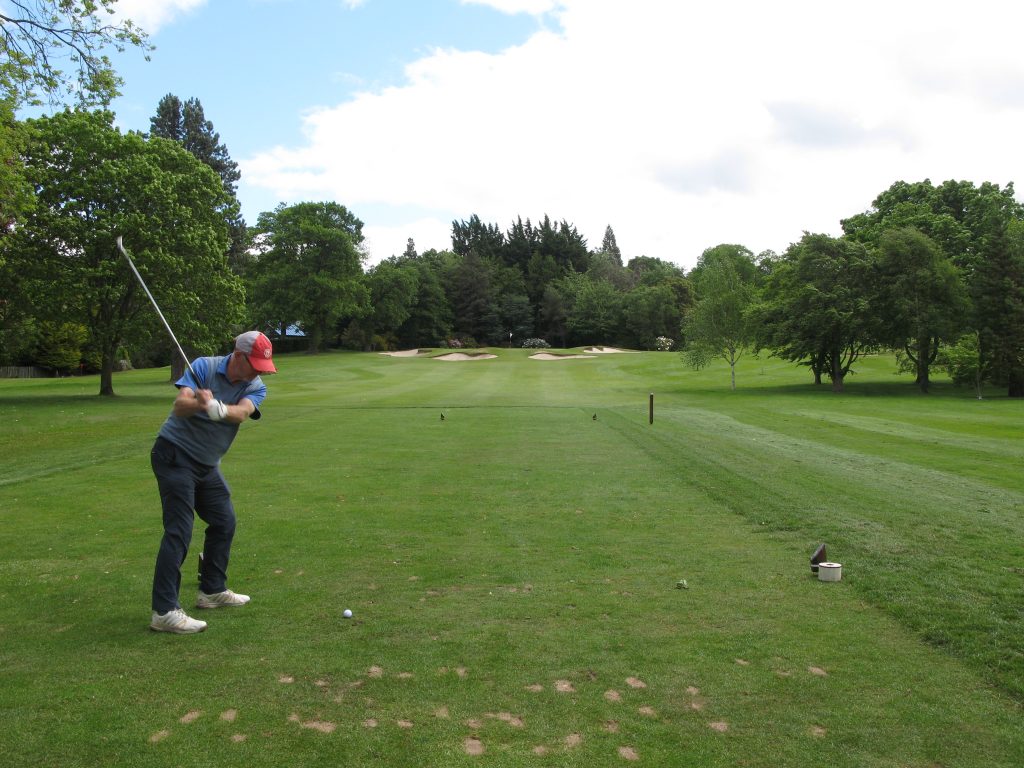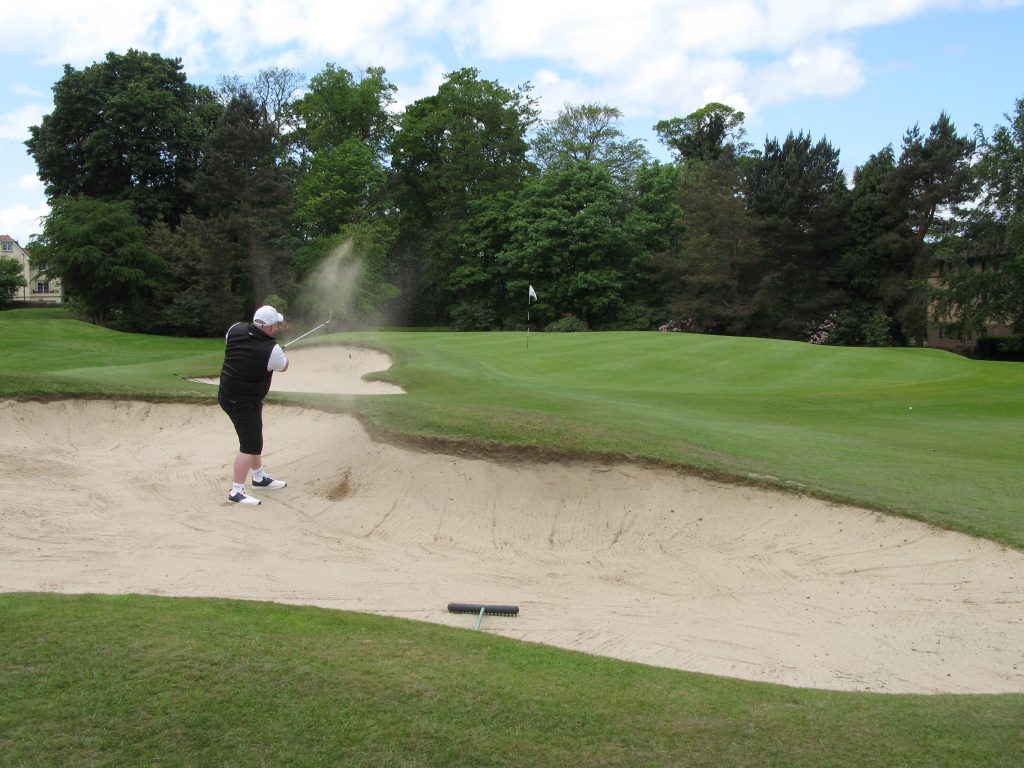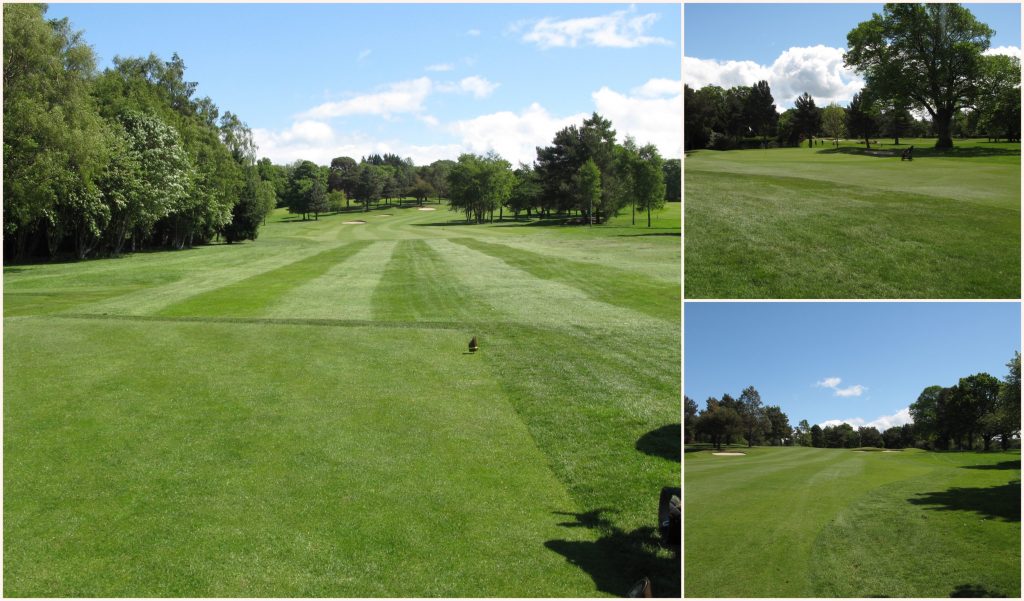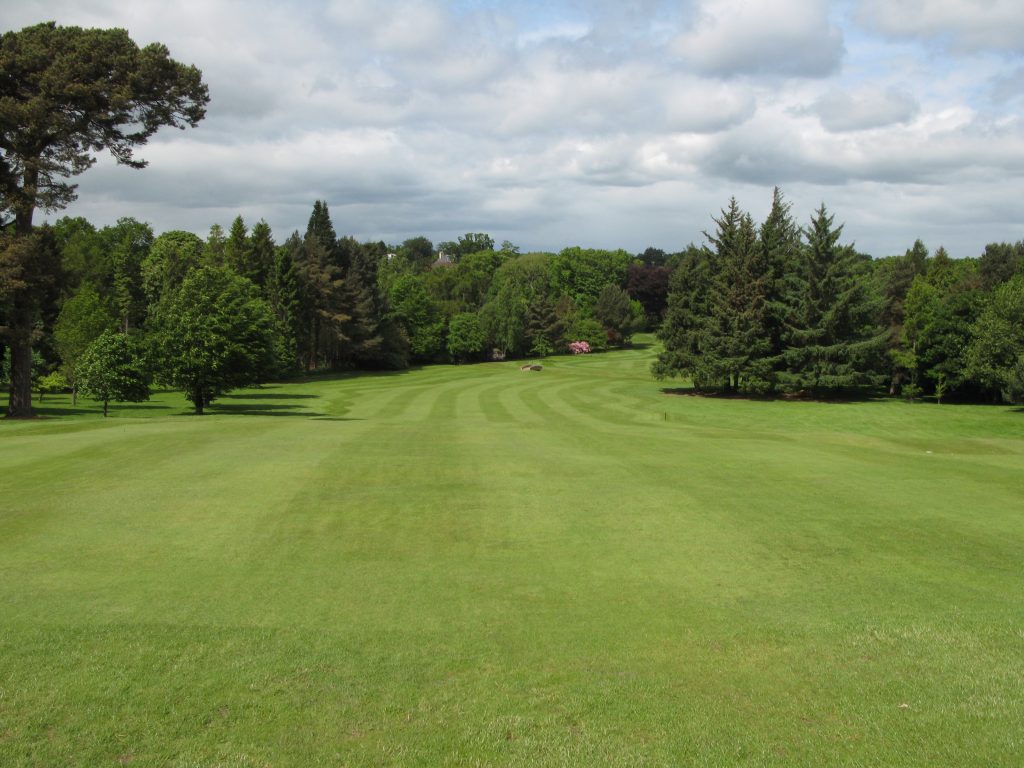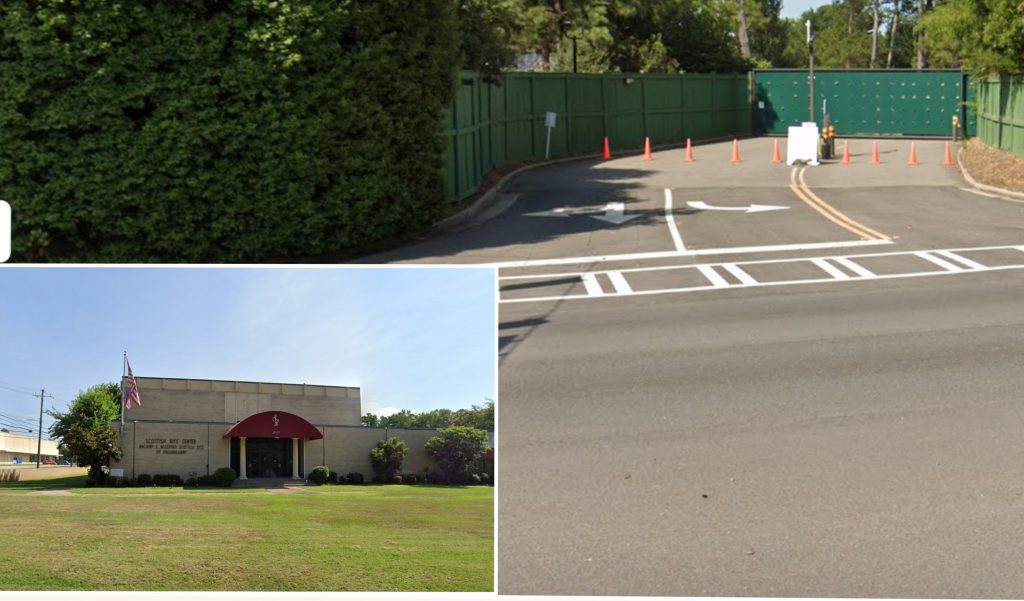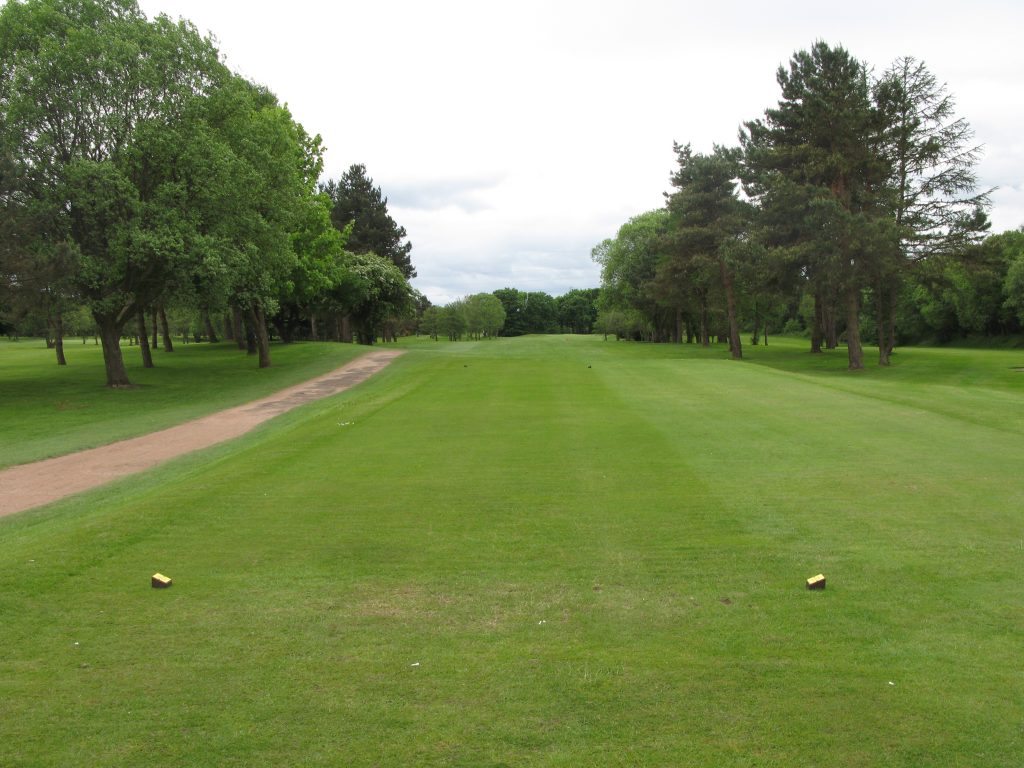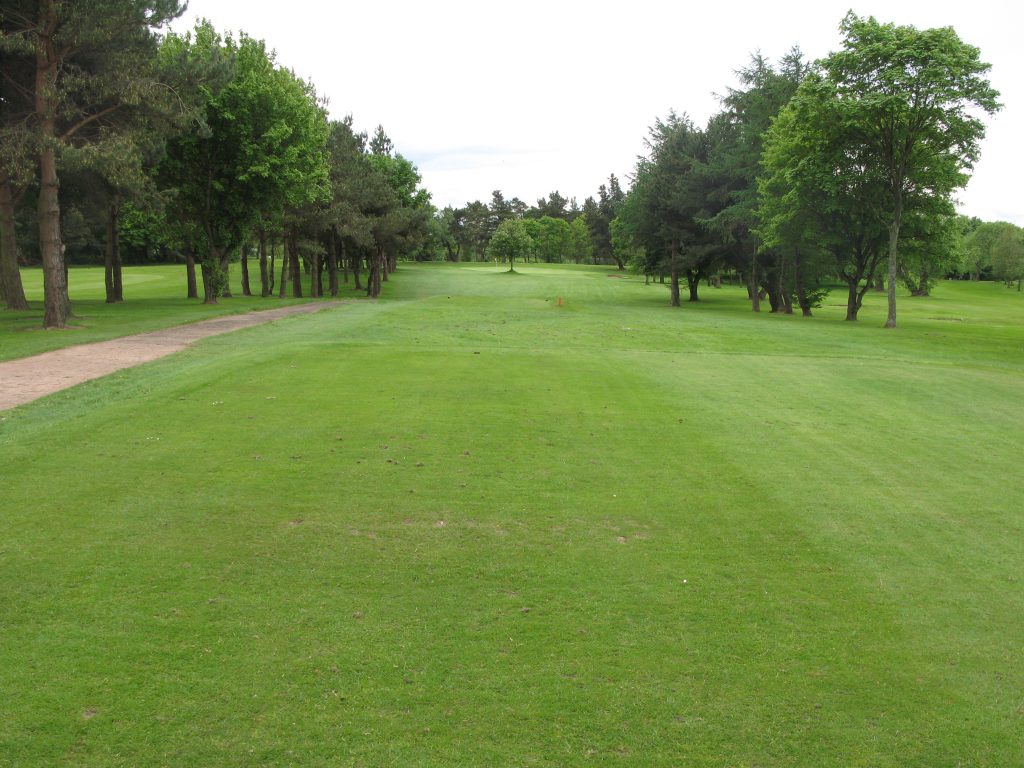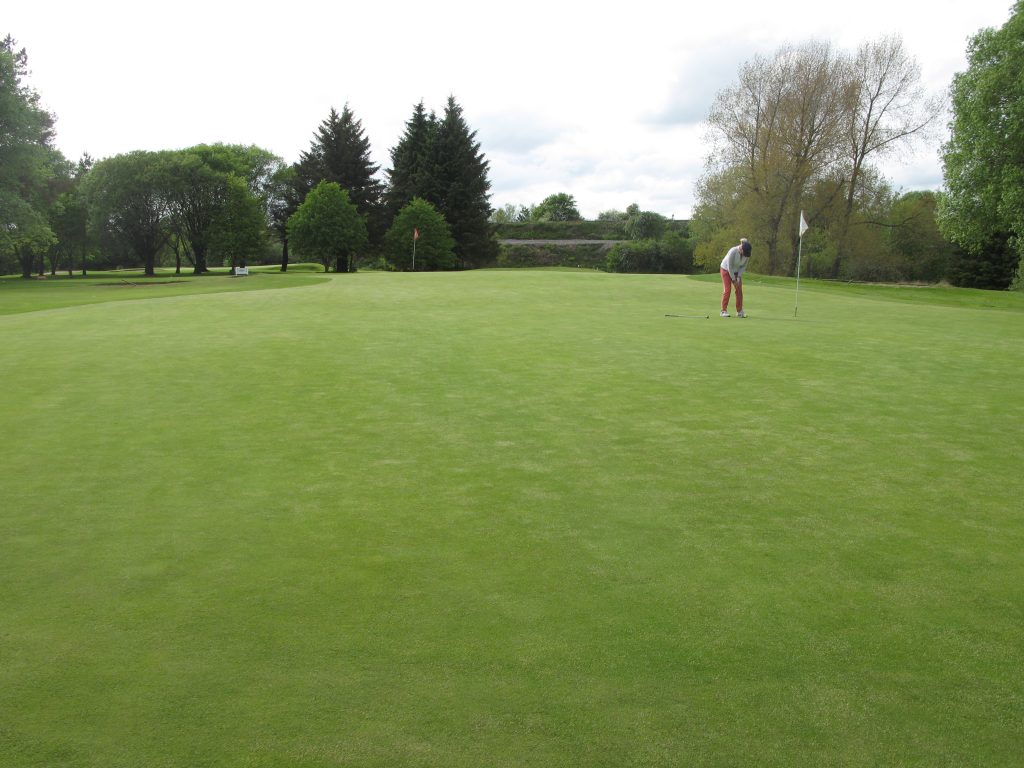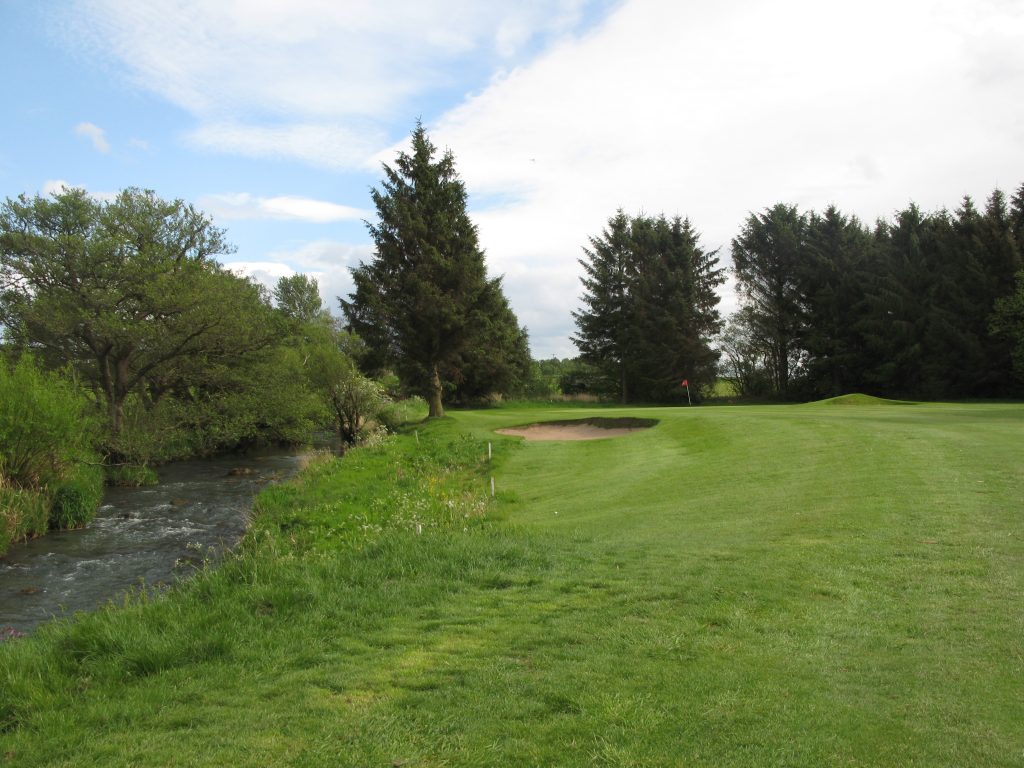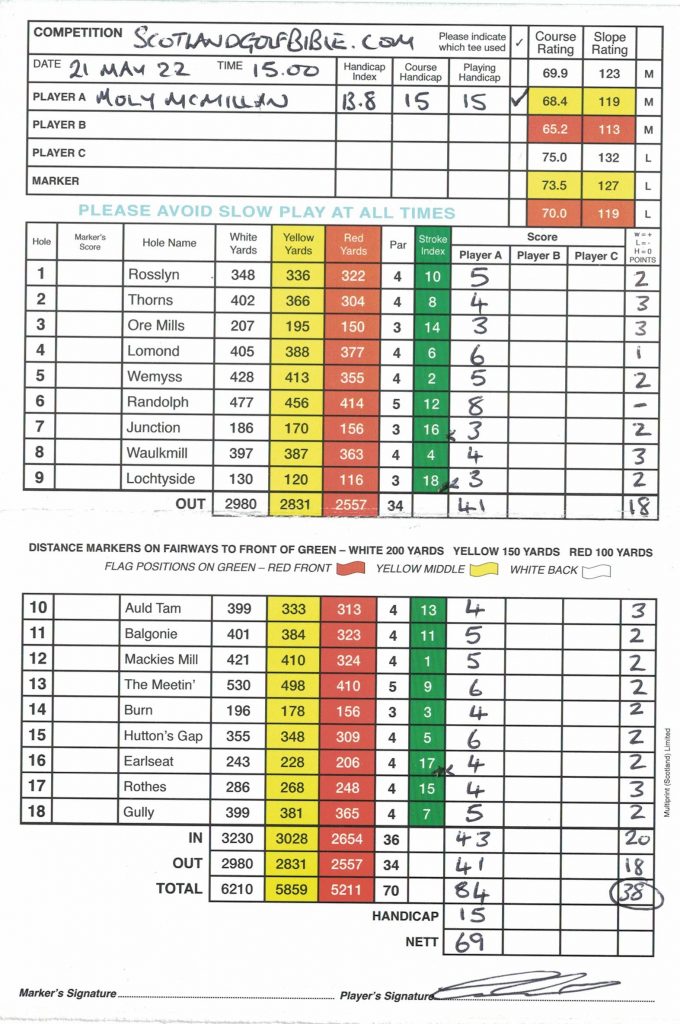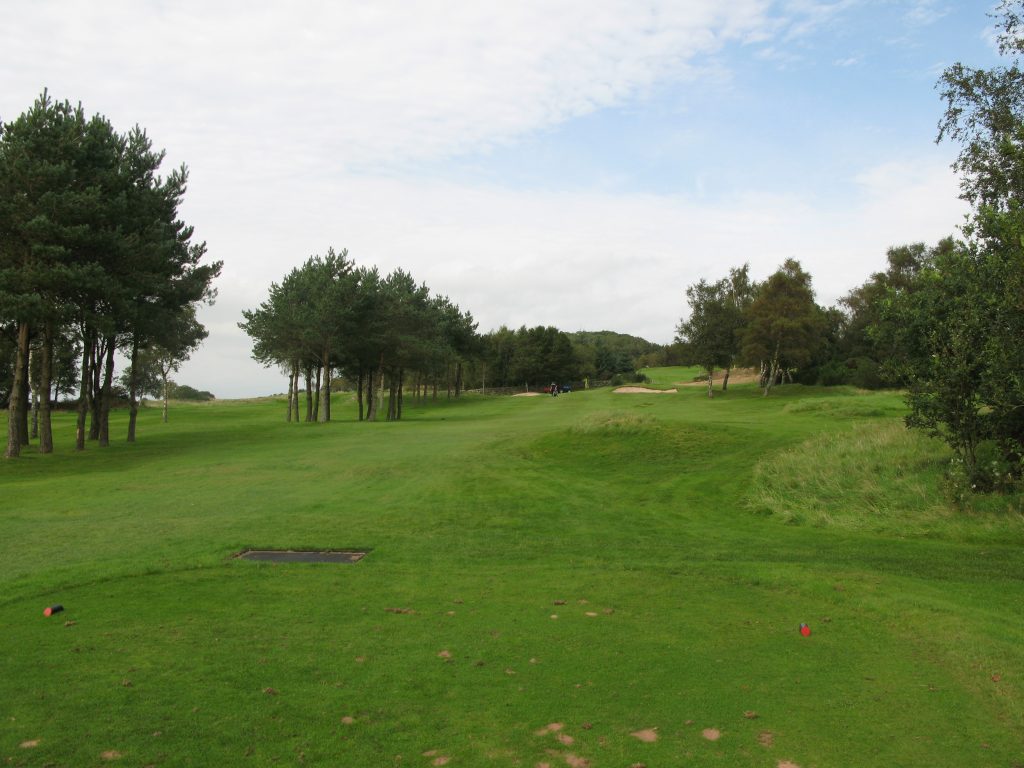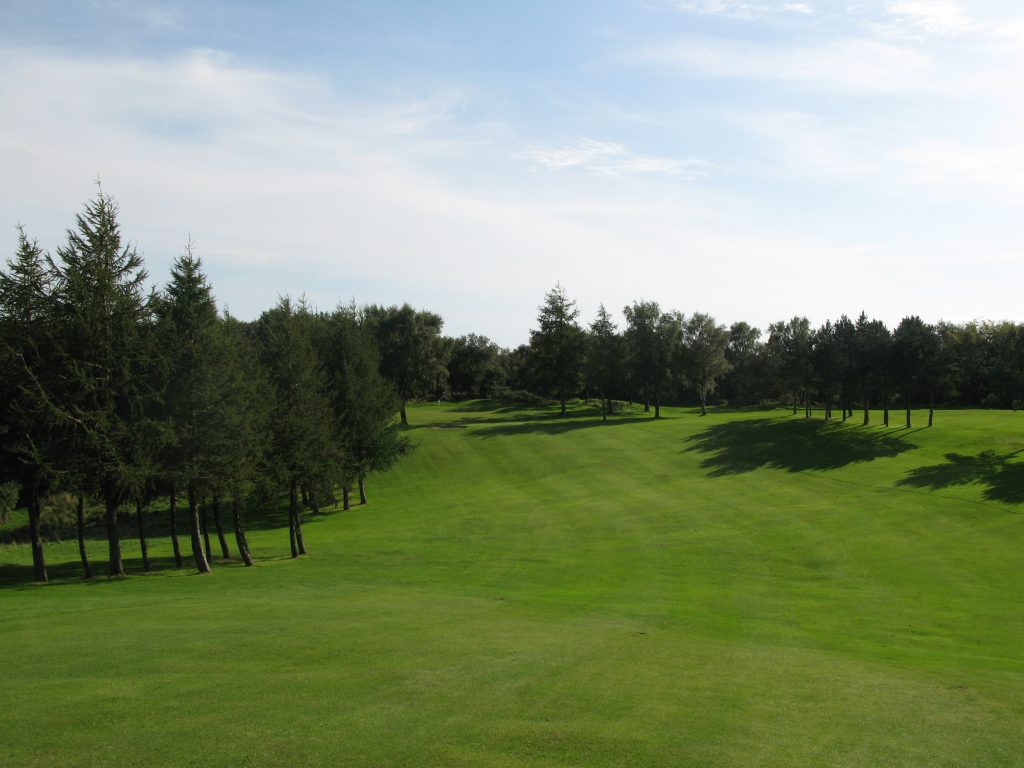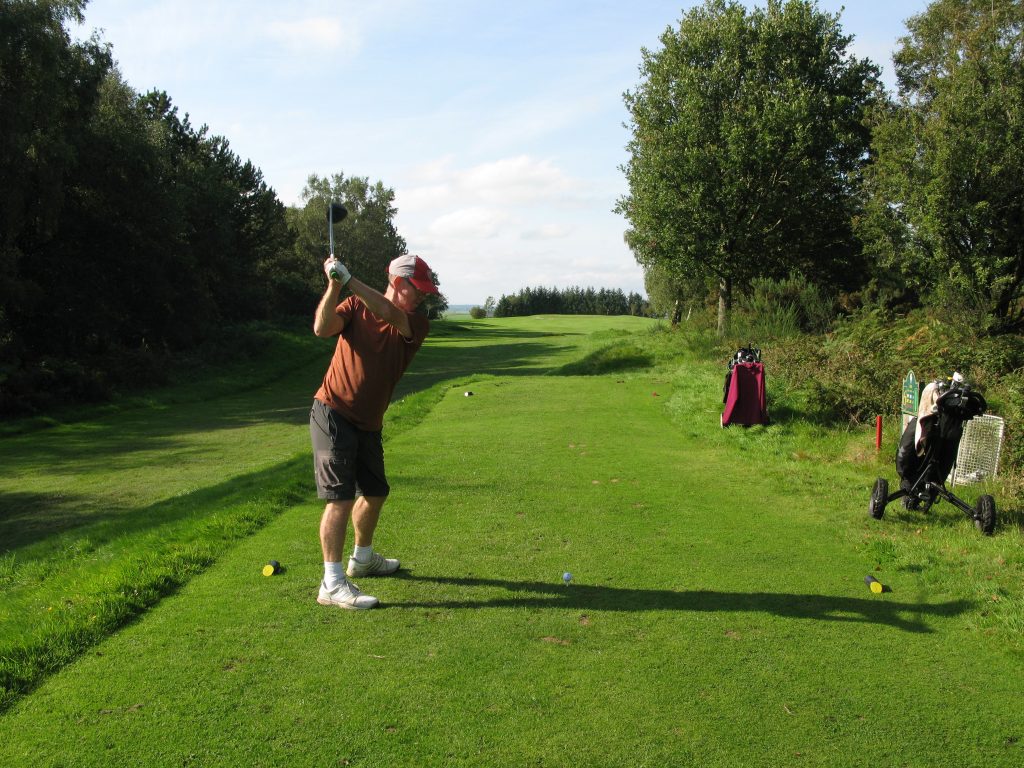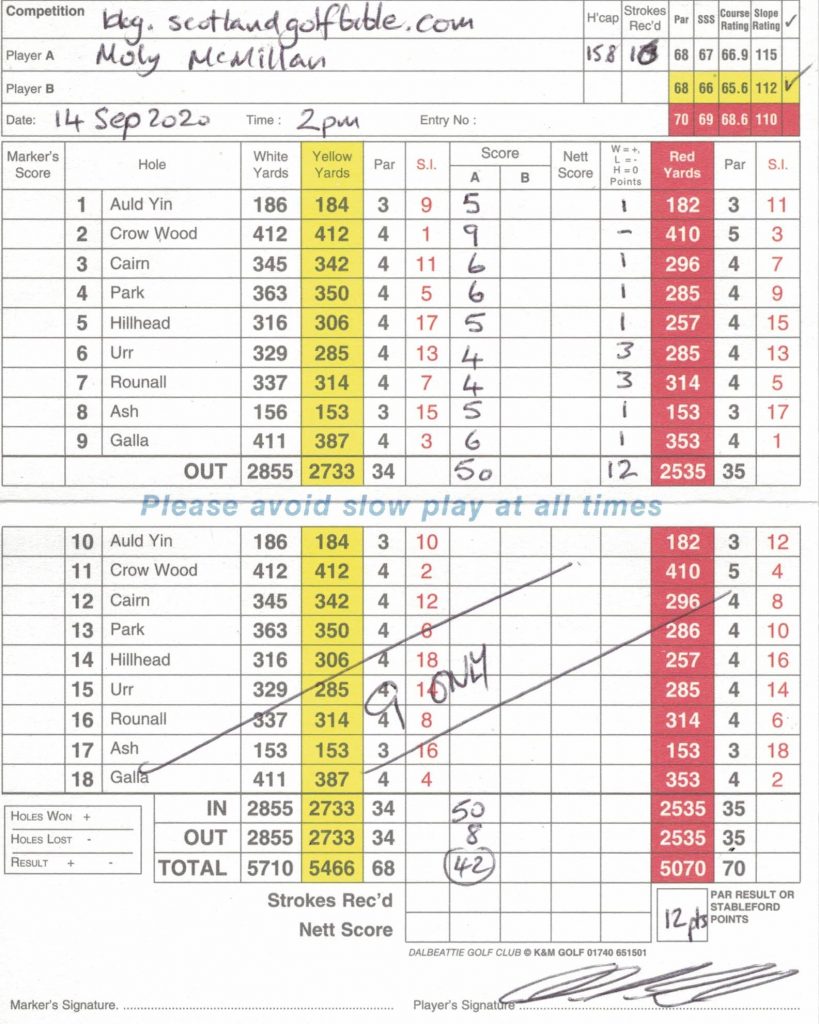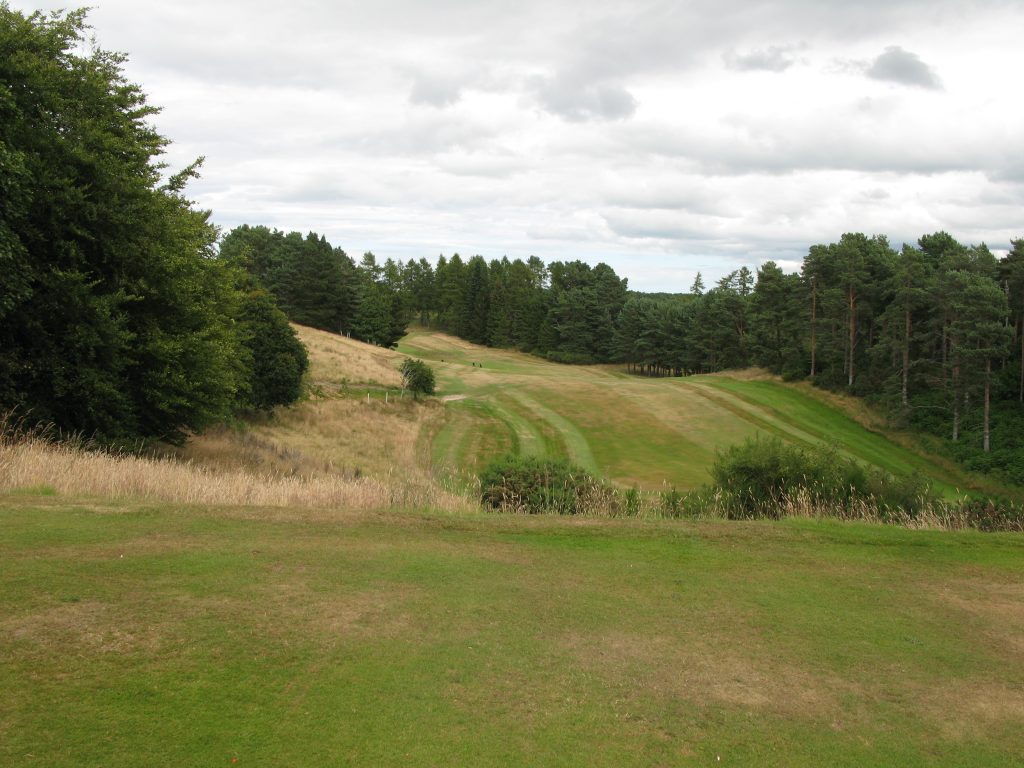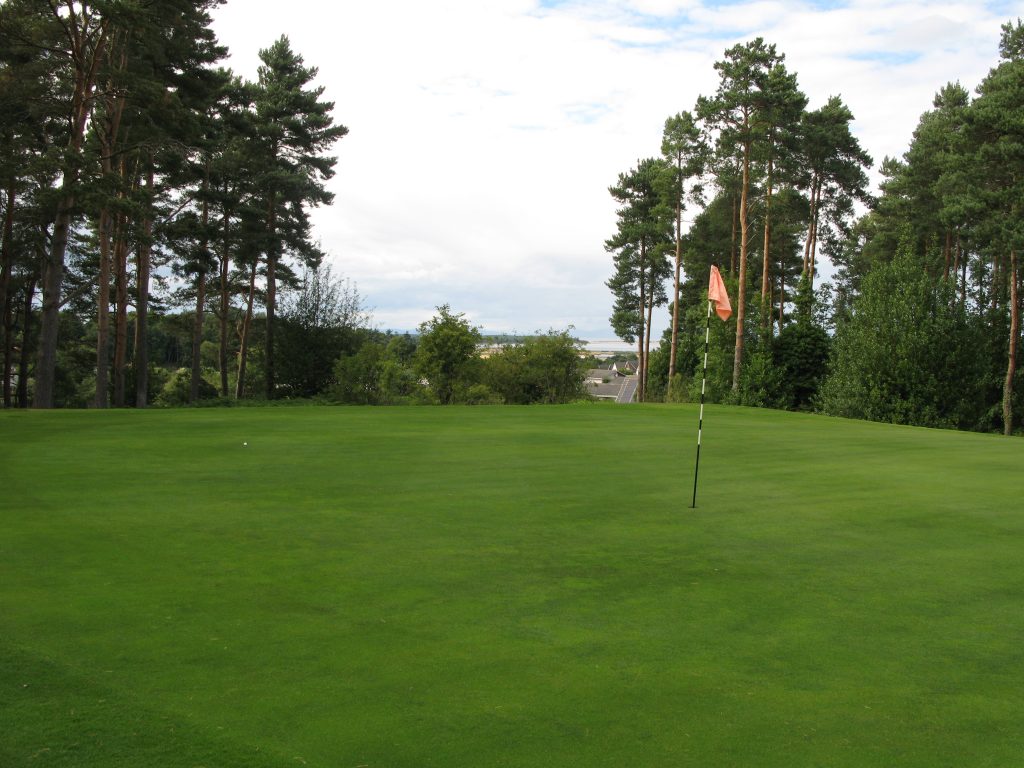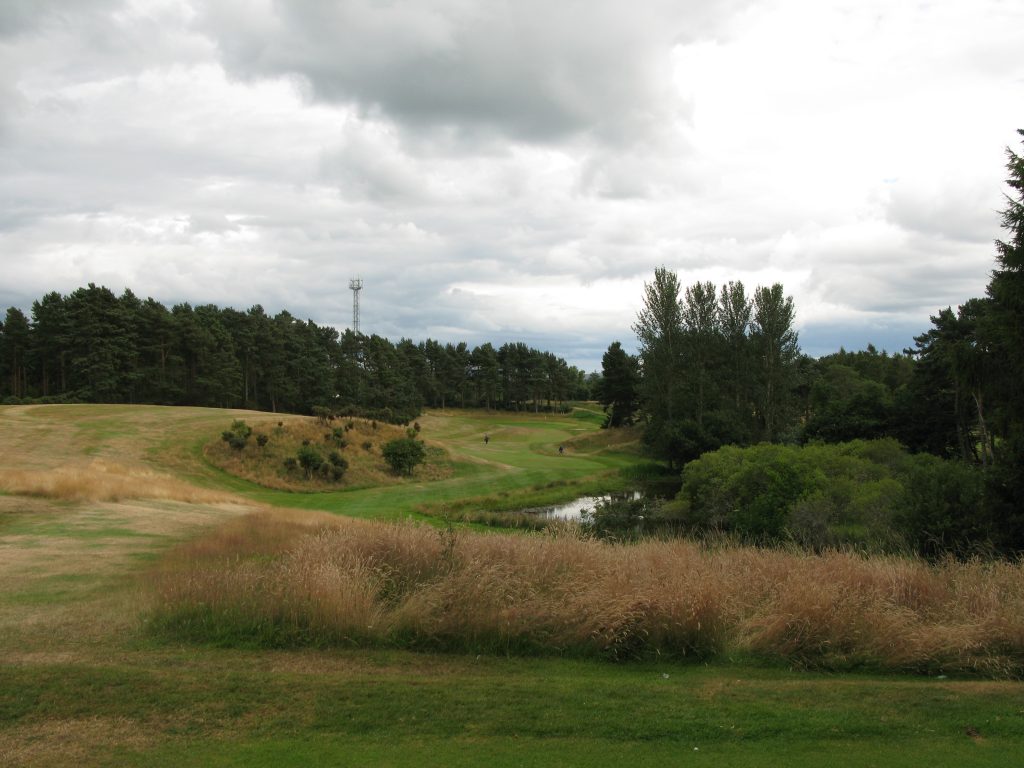Golfing grandeur nestled out of sight – just like Augusta National – with azaleas and other mysteries thrown in.
Round £175. Par 68. Course Rating / Slope Rating (yellow) 67.4/113. Value (out of 5) – 2.5
As I played Royal Burgess, close by a busy traffic junction in Edinburgh, I had a nagging thought; this venue has parallels to Bobby Jones’ Augusta National, an oasis of golfing perfection just off a nondescript highway.
This is not a ‘Golf Club’ though, but the more grander ‘Golfing Society’, a term dating back to 1735, some 150 years before the creation of the current golf course at Barnton.
A ‘Burgess’ is a term used differently in different countries. In Scotland in 1735, the year of the Societies origin making it the oldest golf club in the world, ‘burgesses’ were city freemen with exclusive trading rights and members of trade guilds. In a sense, they were the Scottish Bourgeoisie. The men would also, probably without exception, have been Freemasons, as Scotland was the birthplace of post middle-age freemasonry. There is a very interesting article “How freemasons invented golf” in the www.scottishgolfhistory.org website which also covers how the Burgess Society was involved.
There is also a lovely Burgess history here on the clubs website, and covered in fine detail on the walls of the impressive 1897 “Arts and Crafts” clubhouse, which is well worth visiting when you play.
The society originally played over 6 holes at Bruntsfield Links near Edinburgh Castle, then at Musselburgh from 1874 along with some rival societies (you may be able to guess them?). The Burgess finally came to its current location in 1895 on land that had been the private course of a wealthy businessman, Robert Clark. It was an ideal location in its day, with the current starters hut, adjacent the first tee, formerly being the ticket office for the Barnton railway station of the Caledonian line.
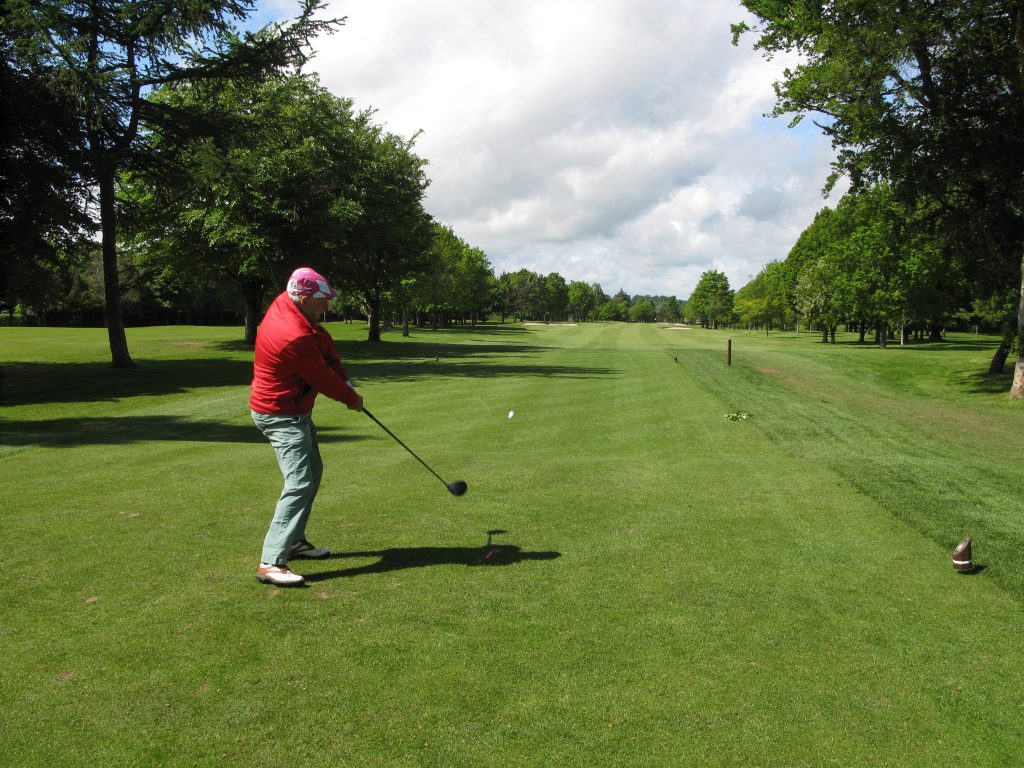
Since 1895, no lesser than Old Tom Morris, Willie Park Jnr (main designer), James Braid and Philip MacKenzie Ross have developed the course – that’s quite an architectural pedigree.
The course sits in a beautifully manicured arboretum with a wide variety of trees and plants, including azaleas and rhododendron. Although not a long course and constrained by the tight parkland surrounding, the ‘yellow’ course feels longer than its 5700 yards, comprising several long par 4s and no yellow par 5s. There are many large and deceptive greens making three putts a constant hazard. An anomaly in yardages means that the 210 yard par three 18th, is stroke index 18, due to the championship tee designating it a par four. I imagine most matchplay games reaching the 18th, strongly favour a lower handicapper.
The course was in great condition when I played, hosted by the affable Ian Ponton, owner of the Oz Bar in Candlemaker Row in Edinburgh, along with his great friends Bob Tait and Jamie Snedon. Jamie played by far the best golf on a very windy day, but thankfully we hadn’t made a wager as we started off in a bit of Scottish drizzle.
The wind didn’t hamper our enjoyment and one could really appreciate the course design, where many large fairway and greenside bunkers were of the highest order, with perfect sand. Many bunkers have been added over the years, some recently. The course sets up better for a fader of the ball (such as Jamie), with all bar one (the 14th) of the many dog leg holes being left to right.
The par threes were well bunkered albeit, other than the 18th, they were short to mid length iron shots for most players.
I struggled to a score of 95, which can’t all be attributed to the wind and my recently developed fade was turned into a monstrous slice on several occasions. It’s important to avoid the bunkers to score well at Burgess, something I failed to do.
I can’t imagine anyone not liking Royal Burgess, a place of genuine history in the developing of the game. It’s beautiful condition, makes it a four for value at its current price.
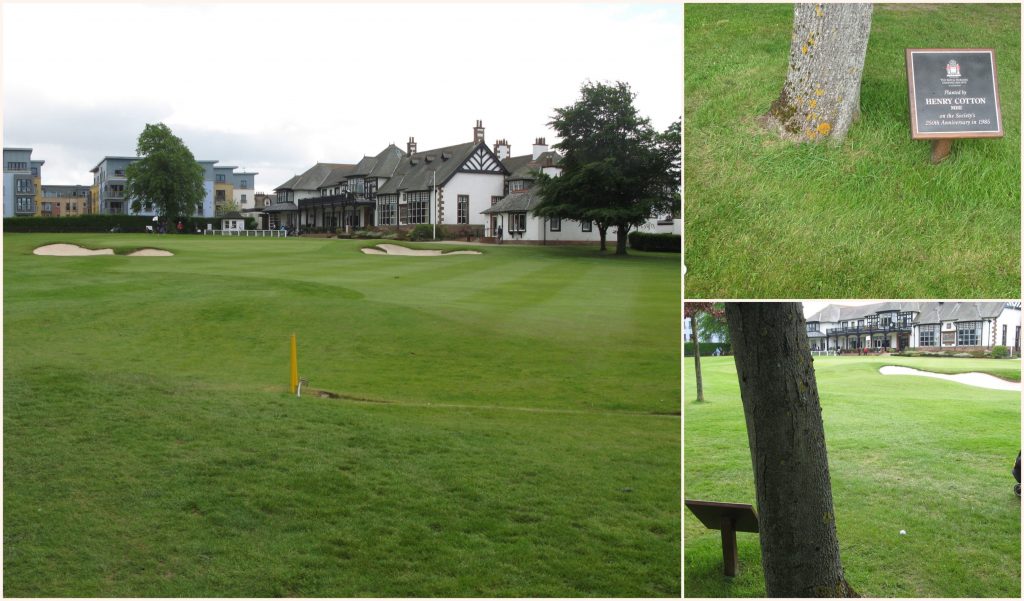
The “Royal” patronage was bestowed on the club in 1929, due to a friendship between Robert Boothby, a Burgess member, and the Prince of Wales, later King Edward VIII (he who abdicated). Boothby was knighted the same year the club became Royal Burgess.
Finally, lets return to my Augusta National ‘gut feeling’ comparison. In looking for a comparable Augusta picture to the Royal Burgess entrance photograph, I stumbled upon a quite remarkable thing. Directly opposite the unobtrusive entranceway to The Masters venue, is the headquarters of the Ancient Scottish Rite Freemasonry organisation. Dig only a little deeper and you find that none other than Augusta hero Brother Arnold Palmer was a Grand Great 33 degree Freemason of the Scottish Rite.
Plenty of mystery and history to ponder in playing this recommended, but overly priced, course.
Facts:
Course Type: Parkland
Par 70 (0 par 5s, 14 par 4s, 4 par 3s)
Distance (yellow): 5704 yards
Moly’s Gross score: 95
